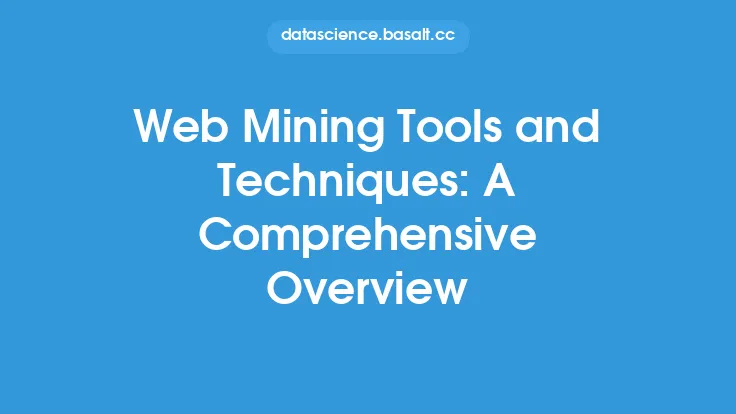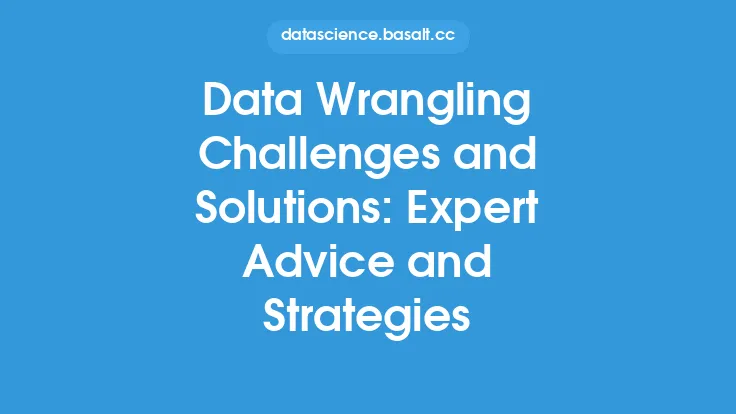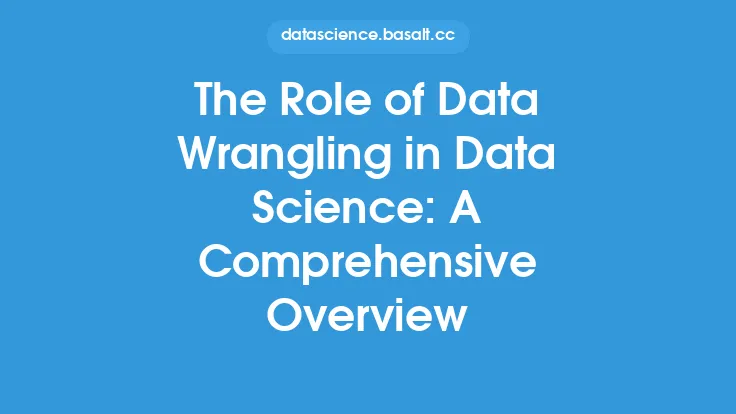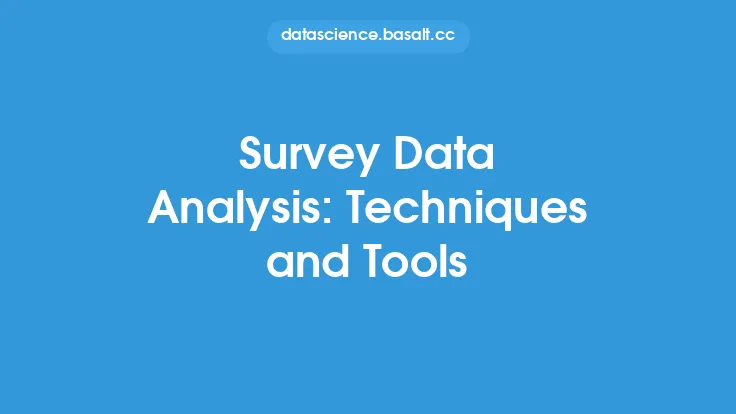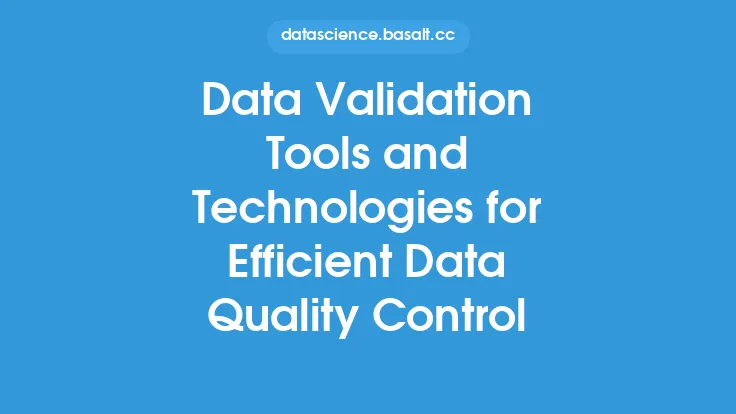The process of data wrangling, also known as data munging, is a critical step in the data analysis pipeline. It involves cleaning, transforming, and preparing raw data into a format that is suitable for analysis. With the exponential growth of data, the need for efficient and effective data wrangling tools and technologies has become increasingly important. In this article, we will provide an overview of the various data wrangling tools and technologies available, their features, and applications.
Introduction to Data Wrangling Tools
Data wrangling tools are software applications that enable users to manipulate, transform, and clean data. These tools can be categorized into several types, including data integration tools, data transformation tools, data quality tools, and data governance tools. Data integration tools, such as ETL (Extract, Transform, Load) tools, are used to combine data from multiple sources into a single repository. Data transformation tools, such as data mapping and data conversion tools, are used to convert data from one format to another. Data quality tools, such as data validation and data cleansing tools, are used to ensure the accuracy and consistency of data. Data governance tools, such as data cataloging and data lineage tools, are used to manage and track data assets.
Data Wrangling Technologies
Several technologies are used to support data wrangling, including programming languages, data processing frameworks, and data storage systems. Programming languages, such as Python, R, and SQL, are widely used for data wrangling due to their flexibility and extensive libraries. Data processing frameworks, such as Apache Spark and Apache Beam, provide a scalable and efficient way to process large datasets. Data storage systems, such as relational databases and NoSQL databases, provide a centralized repository for storing and managing data. Additionally, cloud-based data platforms, such as Amazon Web Services (AWS) and Microsoft Azure, provide a scalable and on-demand infrastructure for data wrangling.
Data Wrangling Frameworks
Data wrangling frameworks provide a structured approach to data wrangling, enabling users to define, execute, and manage data workflows. Popular data wrangling frameworks include Apache NiFi, Apache Airflow, and AWS Glue. These frameworks provide a graphical interface for designing data workflows, as well as a range of tools and libraries for data transformation, data quality, and data governance. Additionally, they provide features such as data lineage, data provenance, and data versioning, which are essential for tracking and managing data assets.
Data Wrangling Libraries and Tools
Several libraries and tools are available for data wrangling, including Pandas, NumPy, and Matplotlib for data manipulation and visualization, and Scikit-learn and TensorFlow for machine learning. Additionally, tools such as OpenRefine, Trifacta, and Talend provide a graphical interface for data wrangling, enabling users to perform data transformation, data quality, and data governance tasks without requiring extensive programming knowledge.
Big Data Wrangling
Big data wrangling refers to the process of wrangling large-scale datasets, typically in the order of terabytes or petabytes. Big data wrangling requires specialized tools and technologies, such as Hadoop, Spark, and NoSQL databases, which are designed to handle large-scale data processing and storage. Additionally, big data wrangling requires a distributed computing architecture, which enables data to be processed in parallel across multiple nodes. Big data wrangling is critical in applications such as data warehousing, business intelligence, and data science, where large-scale datasets need to be processed and analyzed.
Cloud-Based Data Wrangling
Cloud-based data wrangling refers to the process of wrangling data in the cloud, using cloud-based infrastructure and services. Cloud-based data wrangling provides several benefits, including scalability, flexibility, and cost-effectiveness. Cloud-based data platforms, such as AWS, Azure, and Google Cloud, provide a range of services and tools for data wrangling, including data integration, data transformation, and data governance. Additionally, cloud-based data wrangling enables users to take advantage of machine learning and artificial intelligence services, such as Amazon SageMaker and Google Cloud AI Platform, which provide automated data wrangling and data analysis capabilities.
Data Wrangling for Machine Learning
Data wrangling for machine learning refers to the process of preparing data for machine learning algorithms. This involves data preprocessing, feature engineering, and data transformation, which are critical steps in the machine learning pipeline. Data wrangling for machine learning requires specialized tools and technologies, such as Scikit-learn, TensorFlow, and PyTorch, which provide libraries and frameworks for data preprocessing, feature engineering, and model training. Additionally, data wrangling for machine learning requires a deep understanding of machine learning algorithms and techniques, as well as the ability to work with large-scale datasets.
Conclusion
In conclusion, data wrangling tools and technologies play a critical role in the data analysis pipeline, enabling users to clean, transform, and prepare raw data into a format that is suitable for analysis. With the exponential growth of data, the need for efficient and effective data wrangling tools and technologies has become increasingly important. By understanding the various data wrangling tools and technologies available, users can select the best approach for their specific use case, whether it be data integration, data transformation, data quality, or data governance. Additionally, by leveraging big data wrangling, cloud-based data wrangling, and data wrangling for machine learning, users can take advantage of specialized tools and technologies that enable them to process and analyze large-scale datasets, and prepare data for machine learning algorithms.
